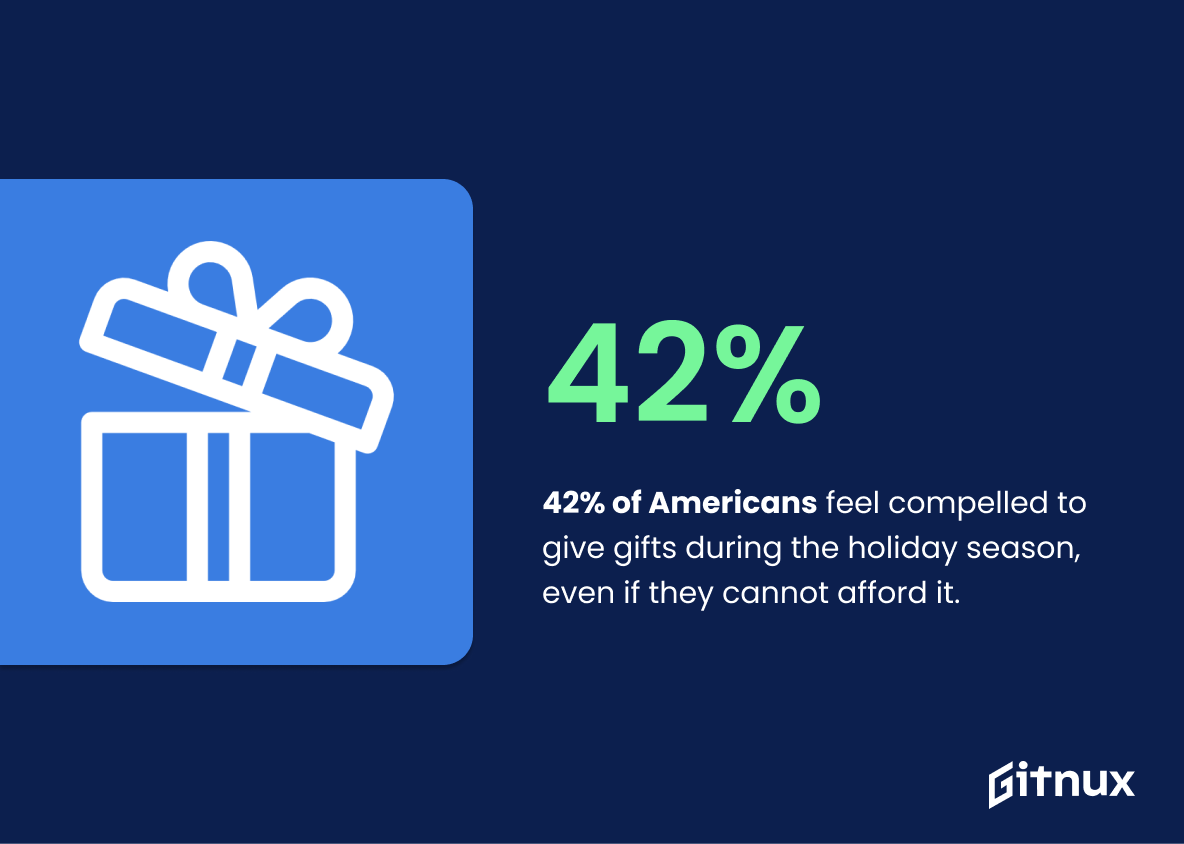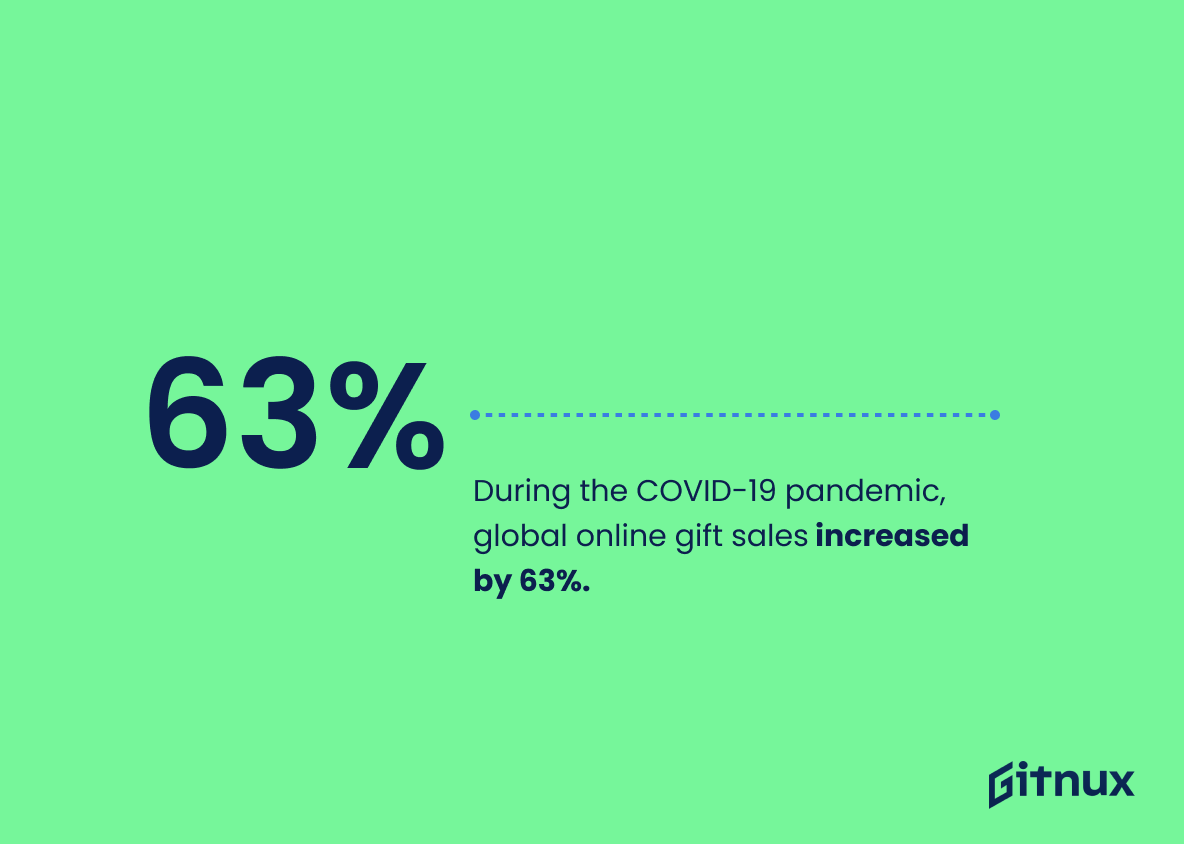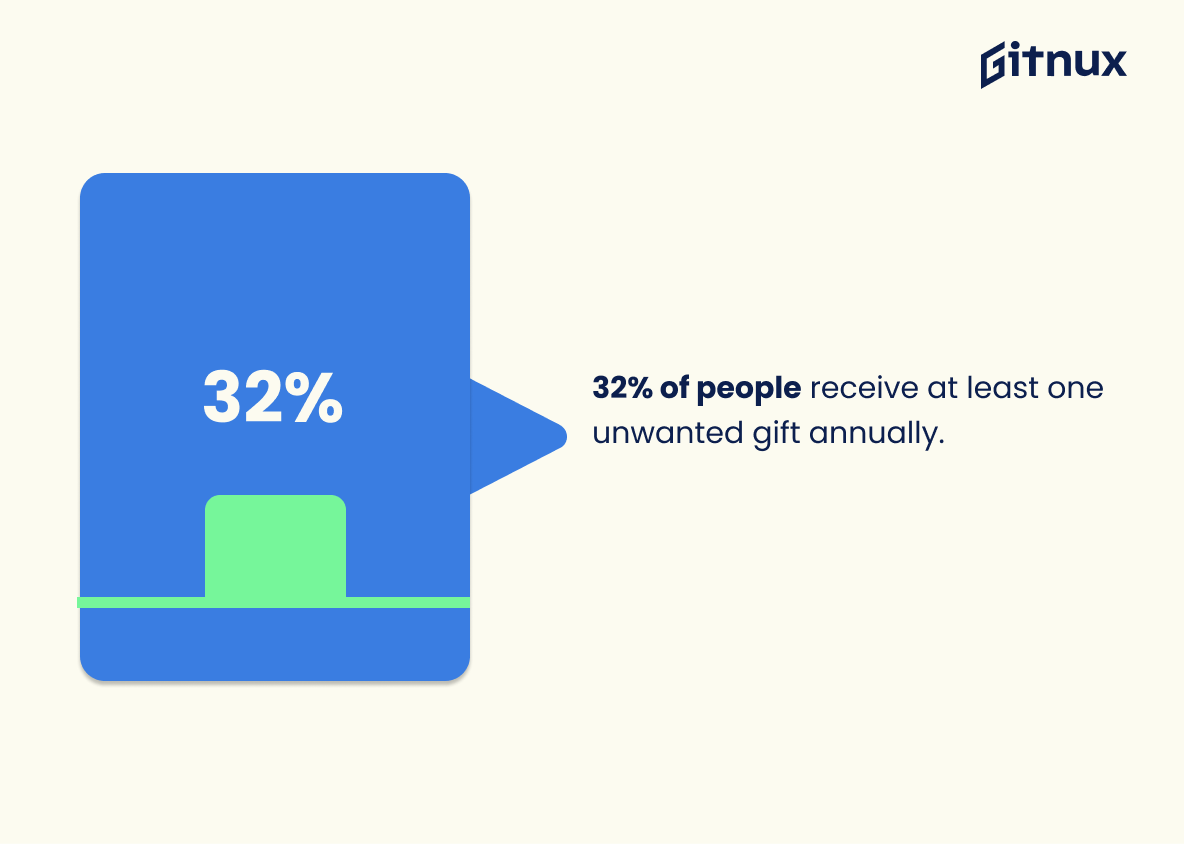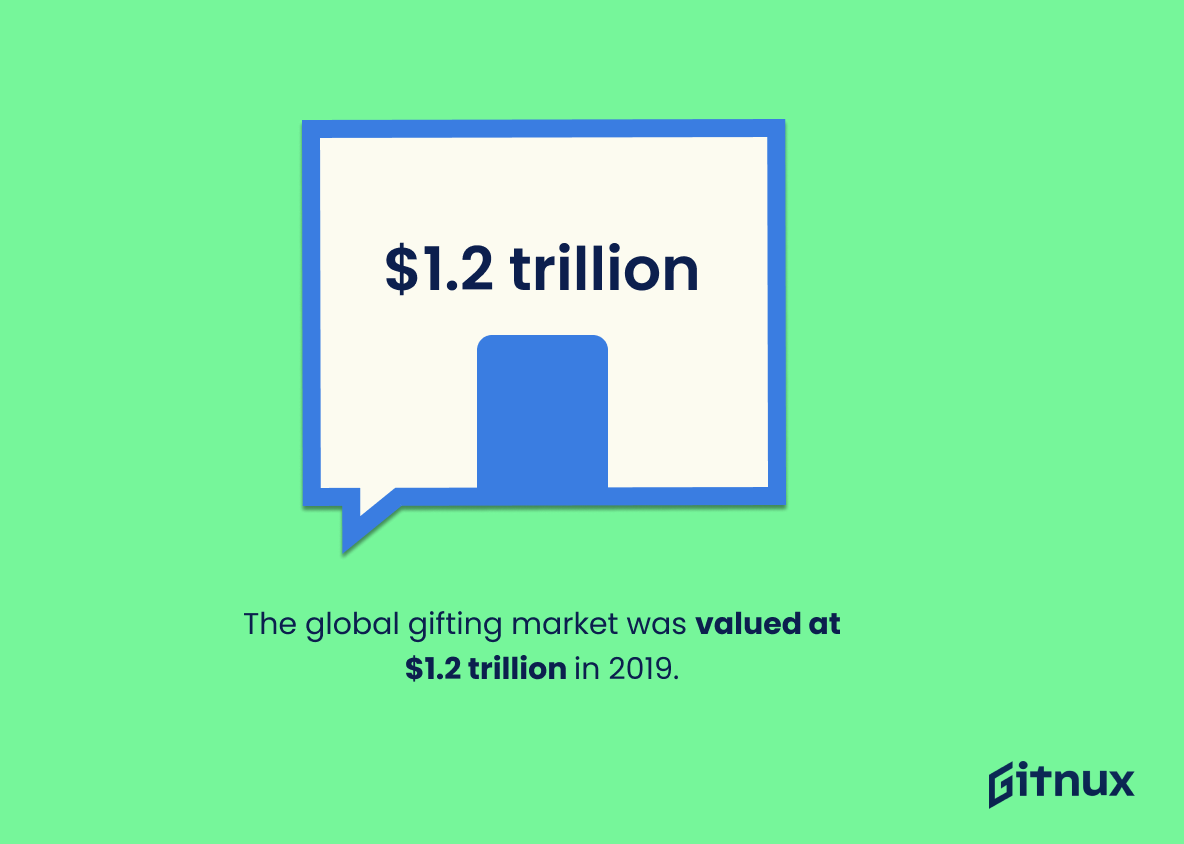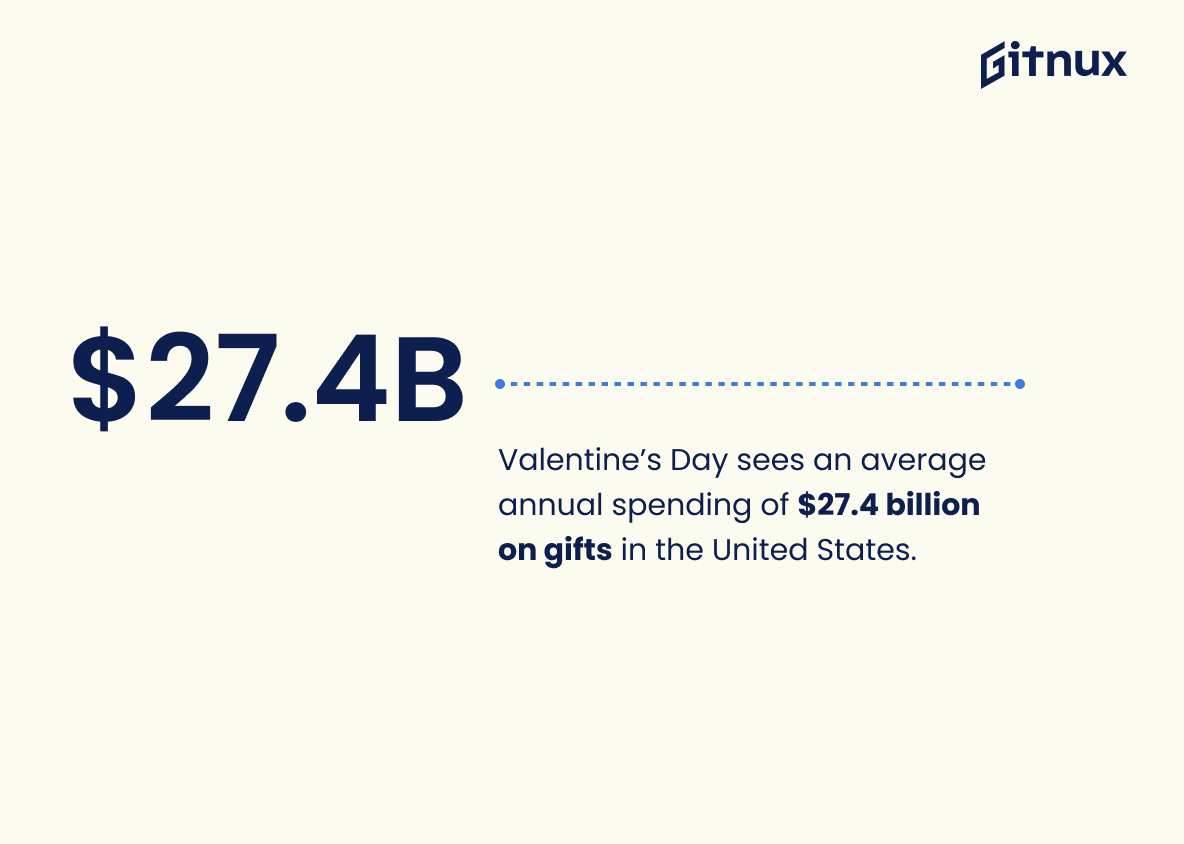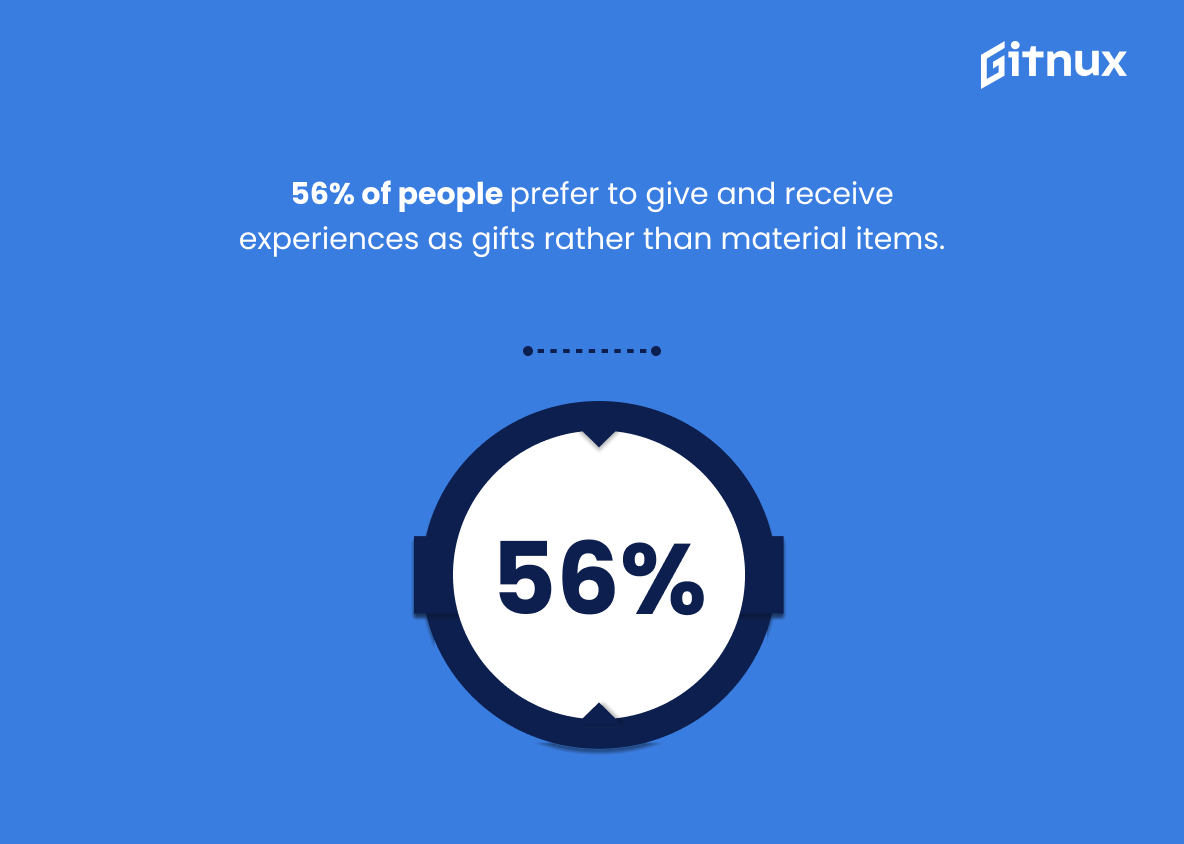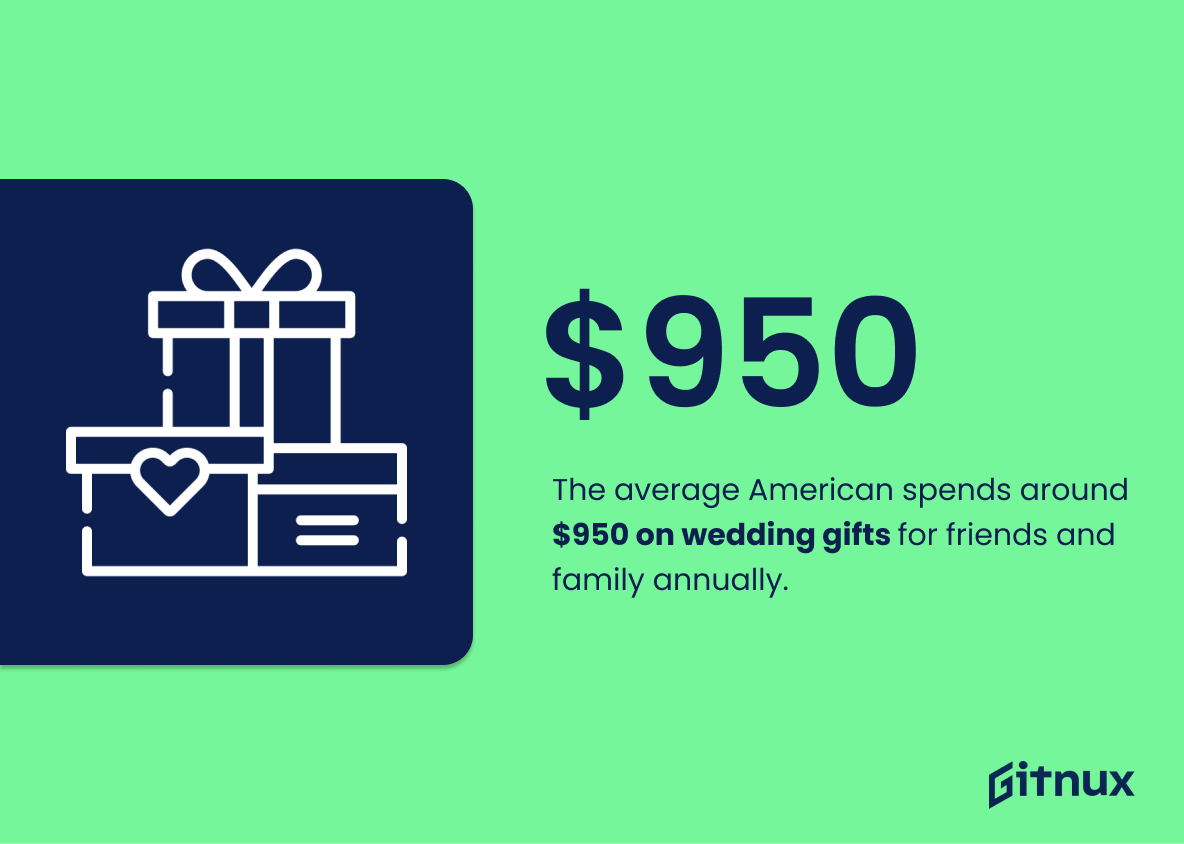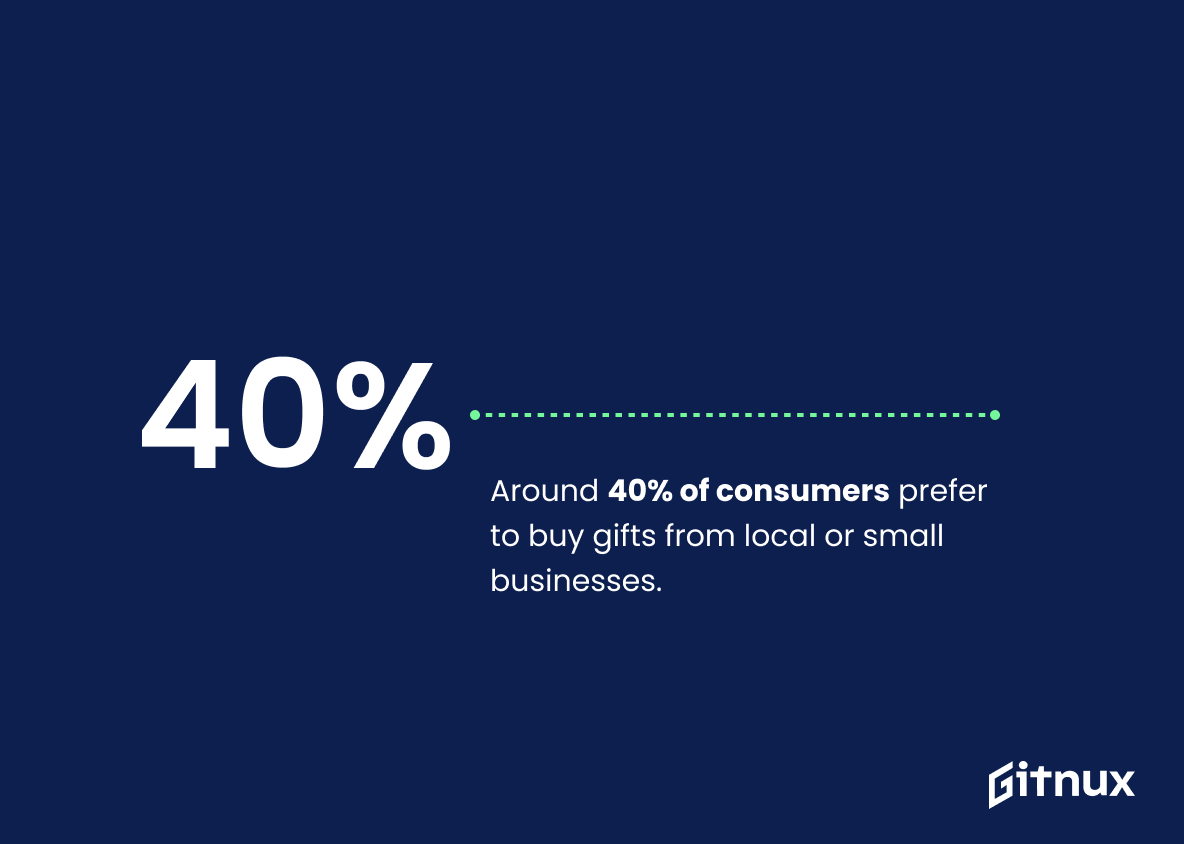Gift giving is an important part of many cultures and traditions around the world. It’s a way to show appreciation, love, and gratitude for those we care about. With the holiday season upon us, it’s time to start thinking about what gifts you will be buying this year. To help inform your decisions when shopping for presents this year, here are 20 interesting gift-giving statistics from across the globe:
This statistic is a telling indication of the prevalence of digital payment methods in gift giving during the 2020 holiday season. It demonstrates that the majority of consumers opted for the convenience of debit and credit cards when it came to purchasing gifts, suggesting that digital payment methods are becoming increasingly popular.
In Canada, people spend an average of $955 CAD on holiday gifts annually.
This statistic is a telling indication of the importance Canadians place on gift giving. It shows that Canadians are willing to invest a significant amount of money into making sure their loved ones have a special holiday season. This statistic is a great starting point for exploring the impact of gift giving on the Canadian economy.
Gift Giving Statistics Overview
42% of Americans feel compelled to give gifts during the holiday season, even if they cannot afford it.
This statistic is a telling indication of the pressure that many Americans feel to give gifts during the holiday season, even if it means stretching their budget beyond their means. It speaks to the importance of gift-giving in our culture and the lengths that people are willing to go to in order to show their appreciation for their loved ones. This statistic is an important reminder that gift-giving should be done with care and consideration for one’s financial situation.
The average spending on Christmas gifts in the United Kingdom in 2020 was £476.
This statistic is a telling indication of the importance of gift giving in the United Kingdom during the holiday season. It shows that, despite the economic uncertainty of 2020, people still found ways to show their loved ones how much they care by investing in meaningful gifts. This statistic is a testament to the power of gift giving and its ability to bring joy and connection even in difficult times.
During the COVID-19 pandemic, global online gift sales increased by 63%.
This statistic is a testament to the power of gift giving during a time of crisis. Despite the economic downturn and social distancing measures, people still found ways to show their love and appreciation for one another through online gift sales. This is a heartwarming reminder that even in the most difficult of times, the act of giving can bring joy and hope.
32% of people receive at least one unwanted gift annually.
This statistic is a telling reminder of the importance of thoughtful gift giving. It highlights the need to consider the recipient’s interests and preferences when selecting a gift, rather than simply buying something that may not be appreciated.
In the United States, gift spending on Father’s Day reached $20.1 billion in 2021.
This statistic is a testament to the importance of Father’s Day in the United States. It shows that people are willing to invest a significant amount of money in celebrating the holiday, demonstrating the value that fathers have in our society. This is an important reminder of the importance of gift-giving and the impact it can have on our relationships with our fathers.
Approximately 30% of Americans shop throughout the year for holiday gifts.
This statistic is significant in the context of gift giving statistics because it highlights the importance of planning ahead for the holidays. It shows that a large portion of Americans are taking the time to shop throughout the year for gifts, which indicates that they are taking the time to find the perfect gifts for their loved ones. This statistic also speaks to the importance of budgeting for holiday gifts, as it shows that many people are taking the time to spread out their spending over the course of the year.
The global gifting market was valued at $1.2 trillion in 2019.
This statistic is a testament to the immense size of the global gifting market, highlighting the significance of gift giving in our lives. It serves as a reminder of the impact that gift giving has on our economy and culture, and the importance of understanding the trends and statistics associated with it.
Valentine’s Day sees an average annual spending of $27.4 billion on gifts in the United States.
This statistic is a testament to the immense impact of gift-giving on Valentine’s Day in the United States. It speaks to the importance of the holiday and the amount of money that is spent on gifts each year. It is a powerful reminder of the significance of gift-giving and the impact it has on our economy.
Approximately 53% of people would feel disappointed if they did not receive a gift at their birthday party.
This statistic is a telling indication of the importance of gift giving in our society. It shows that people place a great deal of value on receiving a present on their birthday, and that it is a meaningful gesture to them. This information is pertinent to a blog post about Gift Giving Statistics, as it provides insight into the significance of gift giving in our culture.
56% of people prefer to give and receive experiences as gifts rather than material items.
This statistic is significant in the context of gift giving statistics because it highlights the growing trend of people wanting to give and receive experiences as gifts rather than material items. This shift in preference could be indicative of a larger cultural shift towards valuing experiences over material possessions.
The average American spends around $950 on wedding gifts for friends and family annually.
This statistic is a telling indication of the importance of gift giving in American culture. It shows that, on average, Americans are willing to invest a significant amount of money in celebrating the special occasions of their friends and family. This speaks to the value placed on relationships and the importance of showing appreciation for those closest to us.
About two-thirds of Americans would prefer not to participate in gift exchanges during the holiday season.
This statistic is significant in the context of a blog post about Gift Giving Statistics because it provides insight into the preferences of the majority of Americans. It indicates that the majority of people would rather not participate in gift exchanges during the holiday season, which could be useful information for those looking to plan a gift-giving event or for those looking to purchase gifts for others.
Around 40% of consumers prefer to buy gifts from local or small businesses.
This statistic is significant in the context of gift giving statistics because it highlights the importance of supporting local and small businesses when it comes to gift giving. It shows that a large portion of consumers prioritize buying gifts from local or small businesses, which can be beneficial for the local economy and help to create a sense of community.
Conclusion
Gift giving is an important part of many cultures and traditions around the world. From holidays to birthdays, anniversaries, weddings, and more – gift-giving plays a major role in how we show our love for one another. The statistics above demonstrate that people are willing to spend significant amounts on gifts each year; however, they also reveal that there can be financial pressures associated with this practice as well as preferences when it comes to what type of gifts are given or received. It’s clear from these numbers that consumers value both material items and experiences when it comes to gifting occasions throughout the year.
References
0. – https://www.www.zerowastescotland.org.uk
1. – https://www.www.prnewswire.com
2. – https://www.about.fb.com
3. – https://www.www.suntrust.com
4. – https://www.nrf.com
5. – https://www.www.cnbc.com
6. – https://www.www.oberlo.com
7. – https://www.www.bankrate.com
8. – https://www.www.globenewswire.com
9. – https://www.www.nerdwallet.com
10. – https://www.www.discover.com
11. – https://www.www.statista.com
12. – https://www.www.pwc.com
